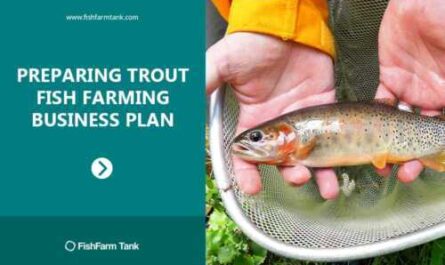The Andalusian hen is a beautiful bird, one of the oldest Mediterranean breeds. They were developed and also received this name from the Spanish province of Andalusia.
Their blue color came from a hybrid of black and white varieties. To be absolutely sure of having blue offspring, you need to cross a white rooster with a black hen.
This is how the Andalusian chicken was born. The breed is usually called Blue Andalusian and was formerly known as blue menorca.
Like other Mediterranean poultry breeds, the Andalusian hen is symmetrical and compact with a majestic bearing.
They were included in the American Poultry Association’s Standard of Excellence in 1874. There is also a dwarf variety of this breed of chickens.
Characteristics of Andalusian chicken
Andalusian chickens are amazing. They have an elegant and graceful appearance with a majestic graceful carriage and delicately tracery blue plumage. This appearance also makes it a particularly refined show breed.
This is a typical example of the unstable blue we see in the poultry industry. Andalusian hens are excellent large laying hens with white eggs. Hens and roosters have well established, long and deep bodies with great vitality.
In size, they are about the same as other Menorcan Mediterranean breeds and larger than Leghorn chickens. To obtain this blue bird with a unique genetic characteristic, the constant repetition in the offspring of not only all blue chicks, but also black, white and black and white colors was used during initial matings hundreds of years ago. years.
All of these chickens carry the blue flower genes. And they give a lot of blue offspring when they mate black with white or with other blues.
The ideal feather color for the Andalusian Hen is a beautiful slate blue with tight dark blue lacing. They have white, smooth, almond-shaped earlobes. They have a medium sized comb with five well defined points.
Their skin color is white and their legs and feet are black or lead blue. On average, Andalusian roosters weigh about 3.2-3.6 kg, and hens – about 2.25-2.7 kg. Photo from Wikipedia.
Behaviour/Temperament
Andalusian chickens are a very active breed, calmer and less flighty than most other Mediterranean poultry breeds. They are excellent pickers, graceful, majestic and severe. Hens are good laying hens for large eggs, but they don’t incubate often, so they’re not natural nannies.
Pullets start laying eggs early and around the age of 5 to 6 months. Andalusian chicks mature earlier and are very hardy. They are relatively calm birds and roosters generally do not fight among themselves.
But to avoid bullying problems, you have to give them enough space. Because they don’t like to be crowded. They are very good foragers and prefer free range.
Andalusian chickens are very hardy birds and can do well in almost any climate. They are frost resistant. But their fine texture and large ridges are prone to frostbite. So you have to be careful. They also thrive in warm climates and tolerate heat well in the south. See the full breed profile below.
| Breed name | Andalusian |
| another name | Andalusian blue, formerly also called “Blue Menorca”. |
| Purpose of the breed | Egg, show and ornament |
| Broad temperament | Friendly, Windy, Very Active, Loud |
| Breed size | big |
| sullen instinct | Rarely |
| comb | A |
| climatic tolerance | All climates |
| egg color | White |
| Egg size | big |
| Egg performance | medium |
| feathered feet | Not |
| scarcity | general |
| Varieties | Black, blue, splashes |
Good
- Beautiful
- Friendly
- good diapers
- Produce large eggs
- They ripen early and begin to lay eggs around 5-6 months.
- frost resistant
- good collectors
- Very good outdoor breed
- Works well in hot climates
- Roosters are tolerant of each other
Wrong
- inconstant
- Noisy
- Prone to frostbite as they have a large comb
Is Andalusian chicken right for you?
Andalusian chicken is good if you…….
video
- I want to raise beautiful chickens.
- Look for very active, hardy and friendly chickens.
- You want to have good laying hens.
- You want to produce large eggs.
- Look for good egg-laying breeds that are excellent foragers and work very well in the wild.
- You want to breed early chickens.
- Look for a chicken breed that will do well in any climate.
